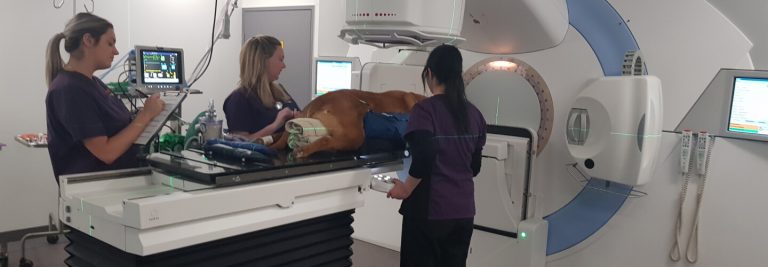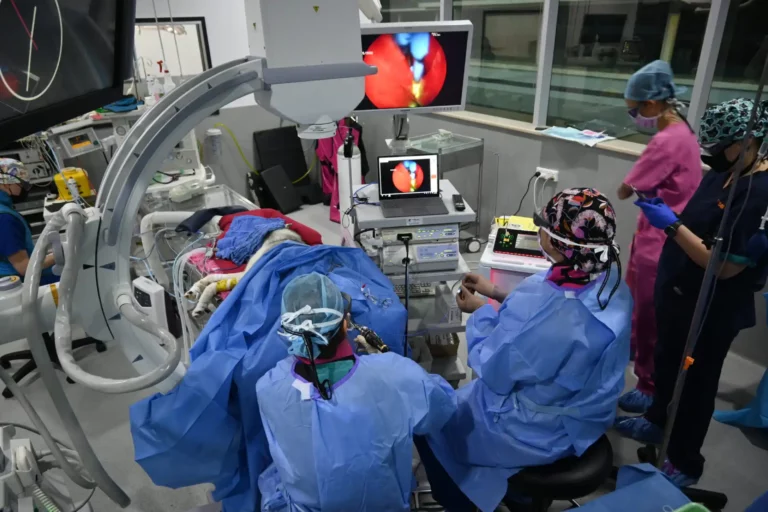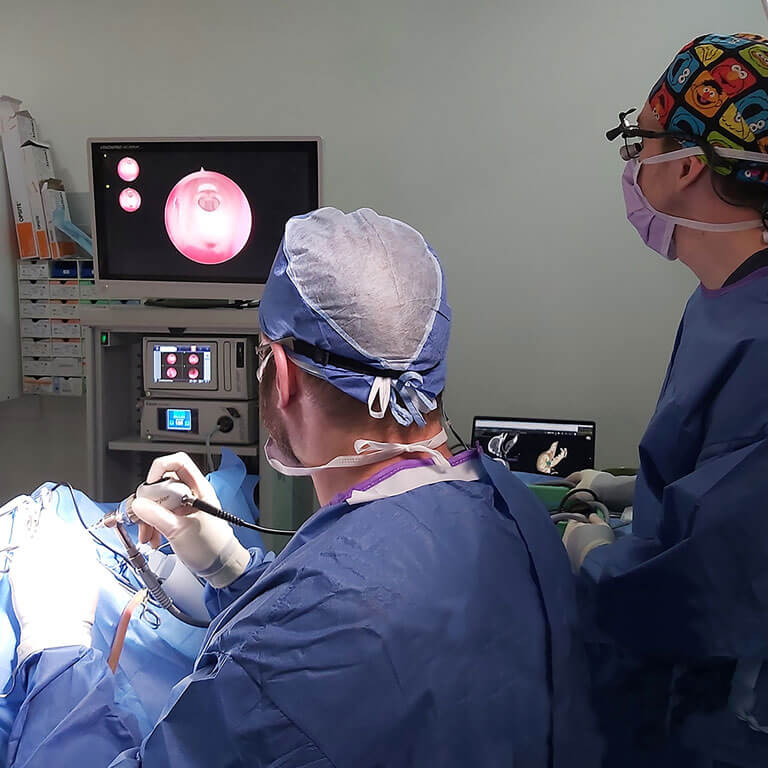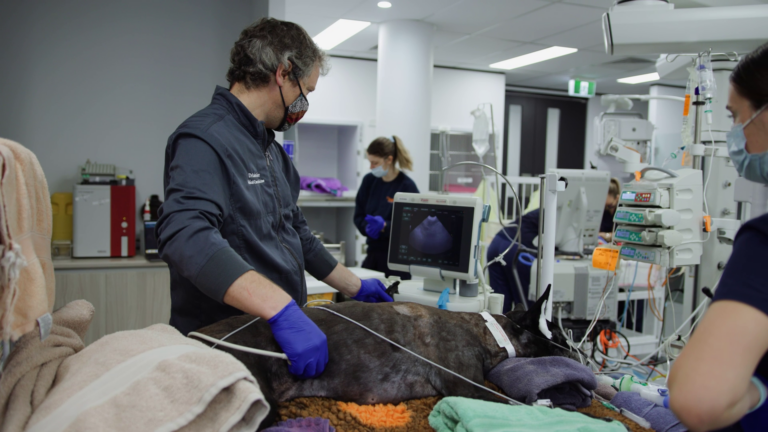By Dr Linda Vogelnest
In this time of concern about antimicrobial resistance, when are antibiotics needed for skin?
To answer this question accurately for each patient, the first important question is:
What do you see on Cytology?
For most superficial lesions, (e.g. alopecia, erythema, crusting, lichenification, erosions, ulcers) tape impressions usually readily confirm pyoderma (regular paired, distinct bacterial cocci amongst neutrophil clusters). Neutrophils alone, with no or very few bacteria, or specs that might be bacteria, usually means no infection. Learn to trust the absence of bacteria on cytology to mean infection is unlikely! Cytology may be less sensitive for papules or moth-eaten alopecia (push tapes firmly into lesions). For deep lesions (e.g. nodular swellings) bacteria may be sparse, but intracellular bacteria (in neuts or macrophages) need to be present in low numbers to confirm.
What to do when cytology doesn’t suggest infection?
Treatment for the primary disease alone is indicated. When allergies are likely, this means anti-inflammatory and/or soothing treatments without antibiotics (e.g. short-acting GC: pred/dex;
Apoquel; topical potent steroids; shampoos/moisturizing). Antiseptics (e.g. chlorhex) OK to use.
What to do when unsure about cytology? It is best to EITHER treat for the primary underlying cause alone +/- topically for pyoderma (see below) OR treat systemically for pyoderma with antibiotics alone – and assess response (which will guide the best option next time for that patient!). Alternatively, reach for further diagnostics or offer referral. Cytology samples can be sent to SASH for evaluation (see SASH services above)
How best to treat for pyoderma?
Topical treatment is now considered optimal for superficial pyoderma: for at least 2wks, until after lesions resolve:
• Chlorhex solution (non-scrub) 2.5-4% BID (4% may be optimal for MRSP; spray or wipe on; do not rinse off)
• AND antibacterial shampoos 1-2 times wkly (e.g. Mediderm, Pyohex, Pyoderm-S) followed by a conditioner
For deep pyoderma, extensive superficial pyoderma, or if topicals are not achievable: systemic antibiotics, for at least 3-6 weeks (cephalexin 20-25mg/kg BID; unless MRSP confirmed by culture) without concurrent pred or Apoquel®
sulfur, but resistant to all other tested oral antibiotics).




